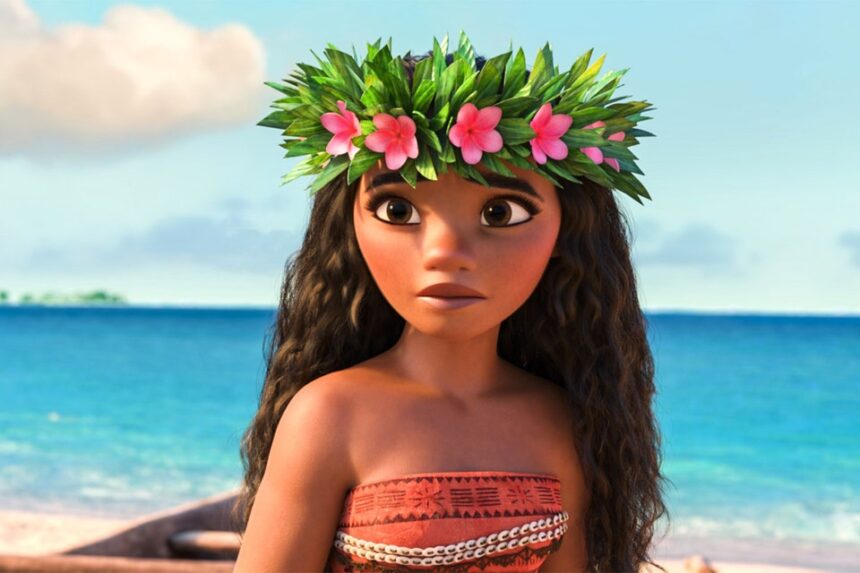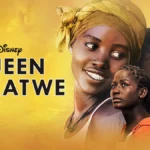Since the inception of Disney animation, princesses have been a cornerstone of the studio’s storytelling. From the demure Snow White to the adventurous Moana, Disney princesses have evolved dramatically over the years, reflecting changes in societal values, cultural diversity, and the shifting role of women in media. Let’s take a journey through the decades to explore the evolution of Disney princesses and their impact on audiences worldwide.
1. Snow White and the Birth of the Disney Princess (1937):
Snow White, Disney’s first princess, set the archetype for generations to come. Her gentle nature, classic beauty, and unwavering kindness endeared her to audiences worldwide. However, Snow White’s character also embodied traditional gender roles, portraying women as passive, domestic figures waiting for their prince to rescue them.
2. Cinderella and the Dream of Happily Ever After (1950):
Cinderella followed Snow White’s footsteps but added a touch of resilience and hope. Despite facing adversity, Cinderella maintained her optimism, teaching audiences the importance of perseverance and kindness. Yet, her story perpetuated the notion that a woman’s ultimate goal is to find love and achieve a fairy tale ending.
3. The Renaissance Era: Empowerment and Diversity (1989-1998):
The 1990s marked a significant shift in Disney princesses’ portrayal, known as the Renaissance era. Ariel (The Little Mermaid), Belle (Beauty and the Beast), Jasmine (Aladdin), and Mulan (Mulan) emerged as strong, independent characters challenging traditional gender norms. Ariel pursued her dreams beyond the confines of the sea, Belle valued intellect over appearance, Jasmine longed for freedom and equality, and Mulan defied gender expectations to save her family and country.
4. The Modern Era: Diversity and Self-Discovery (2009-present):
In recent years, Disney has embraced diversity and empowered princesses from various cultural backgrounds. Tiana (The Princess and the Frog) became Disney’s first African-American princess, showcasing ambition and entrepreneurial spirit. Rapunzel (Tangled) and Merida (Brave) broke away from the traditional princess mold, emphasizing self-discovery and personal growth.
5. Moana and the Celebration of Culture (2016):
Moana represents a groundbreaking step forward in Disney princess representation. As a Polynesian heroine, Moana embodies courage, leadership, and a deep connection to her culture and environment. Her story emphasizes the importance of self-discovery, the power of perseverance, and the celebration of cultural heritage. Moana’s journey resonates with audiences worldwide, transcending cultural boundaries and inspiring viewers to embrace their identity and pursue their dreams.
The evolution of Disney princesses reflects broader societal changes, from traditional gender roles to empowerment, diversity, and cultural representation. Each princess contributes to a rich tapestry of storytelling, inspiring audiences of all ages to embrace courage, kindness, and the pursuit of their dreams. As Disney continues to evolve, one thing remains certain: the timeless appeal of princesses will continue to captivate and inspire generations to come.











